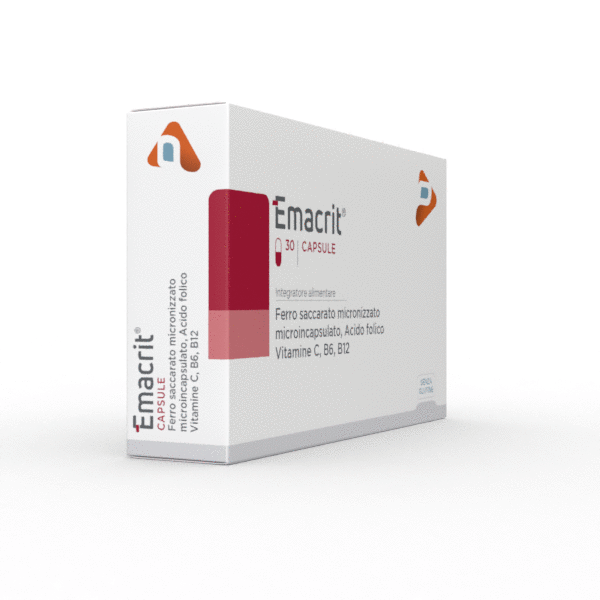It is a very common neurological disorder, which mainly affects women, but perhaps not everyone knows that behind restless legs syndrome there may be a simple iron deficiency.
Sufferers complain of a sensation of discomfort and restlessness in one or both legs, associated with tingling, twinges, itching, and tingling after being seated or lying down for a long time and the compelling need to move to get relief. A condition that often occurs in the evening, when one tries to fall asleep while lying down and even at night. Indeed, in the evening hours, a physiological reduction of dopamine levels (a neurotransmitter) occurs, which in individuals with this disorder becomes even more significant.
Iron deficiency anemia is a triggering factor
Familiarity is usually the cause of this disorder. Less frequently, however, it is associated with other diseases, disorders, and conditions – as underlined by Dr. Laura Fratticci, a Humanitas neurologist – including iron deficiency anemia. Iron, an essential element for cellular metabolism and aerobic respiration, must be taken daily to maintain an adequate state of health. In the absence of pathologies related to the absorption and metabolism of iron, a balanced diet is generally sufficient to guarantee optimal intake. But which foods do you find? They contain heme iron – quickly absorbed and in high percentages – food of animal origin (meat and fish), while in vegetables is found non-haem iron, whose absorption is equivalent to about 10% of the total food content.
In some cases, however, feeding is not sufficient to provide the right amount of iron. When analyzes show a blood shortage, integration can be an effective response. In this regard, useful preparations based on microencapsulated saccharate iron in calcium alginates are found to optimize the tolerability and absorption of the product thanks to a gradual release of iron. The inclusion of Vitamin C, which promotes absorption, makes them more complete, as well as the inclusion of folic acid and B vitamins, which cause the iron to reach the hemoglobin and then the tissues.


